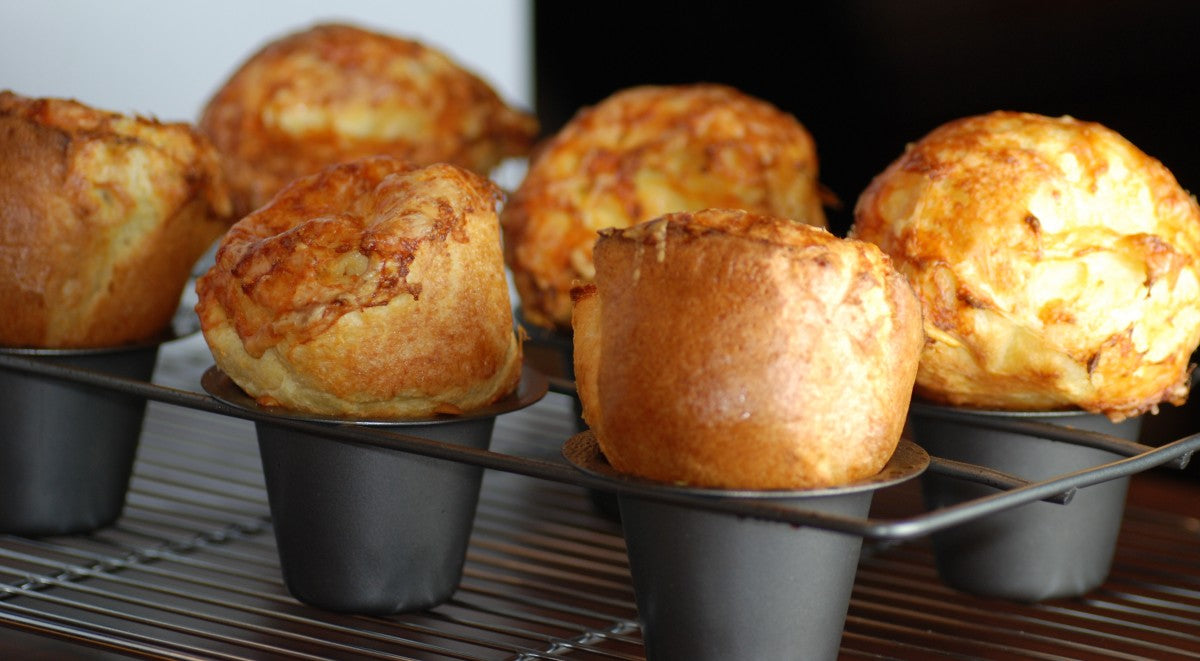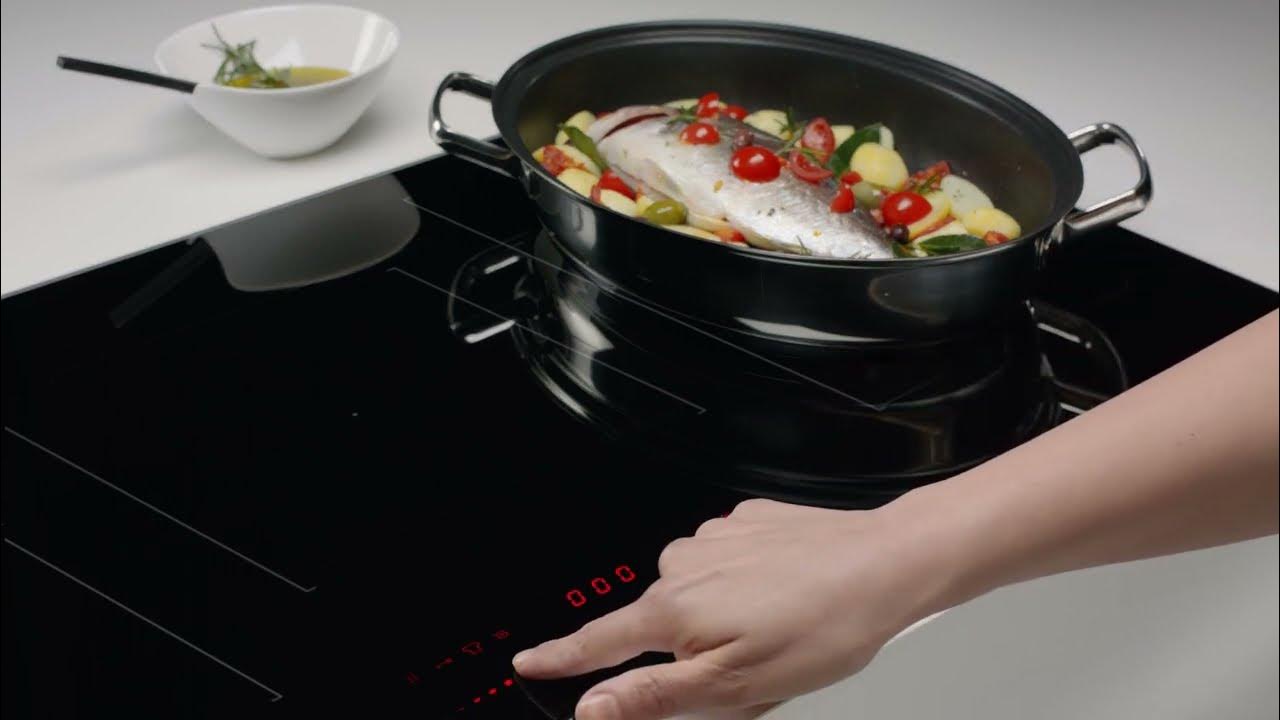For kitchen professionals seeking to refine their culinary craft, the art of creating perfect bread rolls in a cast iron muffin pan offers a unique challenge and opportunity. The robust nature of cast iron ensures even heat distribution, resulting in perfectly baked rolls that boast a crisp exterior and fluffy interior. In this article, we explore the nuances of baking bread rolls in a cast iron muffin pan, providing valuable insights and tips for culinary success.

The Science Behind Cast Iron Baking
Cast iron is celebrated for its thermal properties, which make it an ideal medium for baking. The dense material retains heat remarkably well, ensuring consistent baking temperatures and optimal results. For bread rolls, this means achieving a golden brown crust without sacrificing the soft, airy interior that defines a perfect roll.
Moreover, the seasoned surface of a cast iron muffin pan adds an additional layer of flavor, contributing to the overall sensory experience of the baked product. The seasoned surface also aids in the easy release of the rolls, preventing them from sticking to the pan.
Choosing the Right Ingredients
The quality of your ingredients plays a crucial role in the success of your bread rolls. Opt for high-protein bread flour, which provides the necessary gluten structure for well-risen rolls. Yeast, whether active dry or instant, should be fresh to ensure proper fermentation and rise.
For added flavor and texture, consider incorporating ingredients such as herbs, cheese, or nuts into your dough. These elements can complement the rustic qualities imparted by the cast iron baking process, enhancing the overall culinary experience.
Perfecting the Dough
To create the ideal bread roll dough, precision in measurement and technique is essential. Begin by combining your dry ingredients in a mixing bowl, ensuring even distribution before adding wet ingredients. Kneading the dough thoroughly is crucial for developing gluten, which is responsible for the bread's structure and chewiness.
Once the dough is kneaded, allow it to proof in a warm environment until it doubles in size. This fermentation process is key to developing flavor and texture in the final product.
Baking Bread Rolls in a Cast Iron Muffin Pan
Preheat your oven to the desired temperature, allowing your cast iron muffin pan to heat alongside it. This step ensures that the dough hits a hot surface immediately, promoting oven spring and an even rise.
Divide the proofed dough into equal portions, shaping each piece into a ball before placing it into the preheated muffin pan. This step is crucial for uniform baking and presentation.
Mastering the Art of Baking
Baking bread rolls in a cast iron muffin pan requires a keen eye and attention to detail. Monitor the bread closely, adjusting the oven temperature if necessary to prevent over-browning or under-baking.
Once baked, allow the rolls to cool slightly before removing them from the pan. The residual heat from the cast iron will continue to cook the bread, so it's important to remove them promptly to avoid over-baking.
Serving Suggestions and Pairings
The versatility of bread rolls makes them suitable for a variety of culinary applications. Serve them warm with butter, or pair them with soups, stews, or salads for a complete meal. The robust flavor of cast iron-baked rolls complements both savory and sweet dishes, making them a staple in any professional kitchen.
For creative serving ideas, explore recipes that utilize muffin pans in unique ways, such as cookie cups or egg muffins. These inventive approaches to baking can inspire new menu items and delight diners with unexpected culinary delights.
Conclusion
Mastering the art of baking bread rolls in a cast iron muffin pan is a rewarding endeavor for kitchen professionals. The unique properties of cast iron, combined with quality ingredients and precise baking techniques, result in exceptional bread rolls that elevate any dining experience. By embracing the nuances of this baking method, chefs can create memorable dishes that showcase their culinary expertise and creativity.

FAQs
Can I use a cast iron muffin pan for other recipes?
Absolutely! Cast iron muffin pans are versatile and can be used for a variety of recipes, including brownie bites and mini quiches. Their even heat distribution makes them ideal for diverse baking applications.
What is the best way to season a cast iron muffin pan?
To season your cast iron muffin pan, apply a thin layer of vegetable oil to the surface and bake it upside down in a preheated oven at 375F (190C) for one hour. This process helps create a non-stick surface and enhances the pan's durability.
Are there any alternatives to using a cast iron muffin pan?
While cast iron is preferred for its heat retention, aluminum muffin pans are also popular due to their lightweight nature and affordability. For a comparison of materials, check out this detailed guide on the differences between cast iron and aluminum muffin pans.
This article contains affiliate links. We may earn a commission at no extra cost to you.





Leave a comment
This site is protected by hCaptcha and the hCaptcha Privacy Policy and Terms of Service apply.